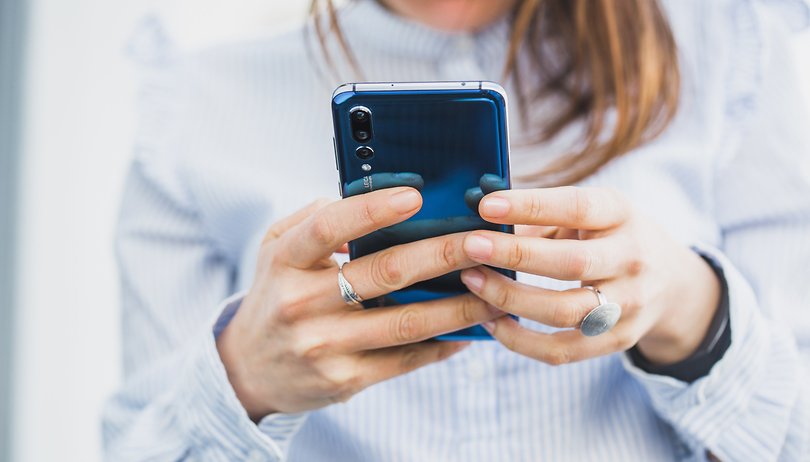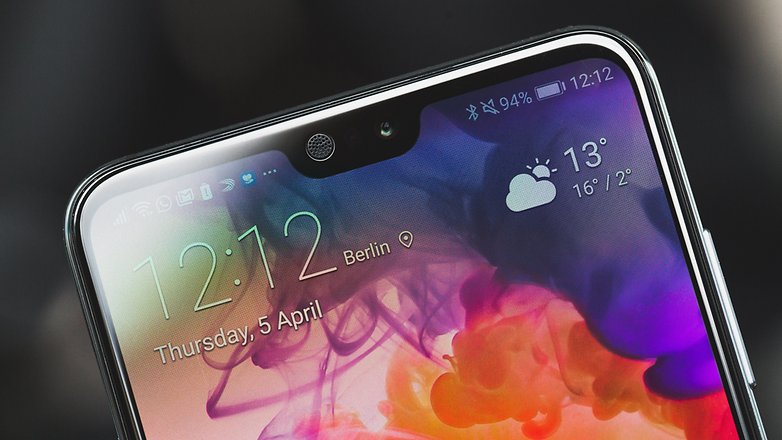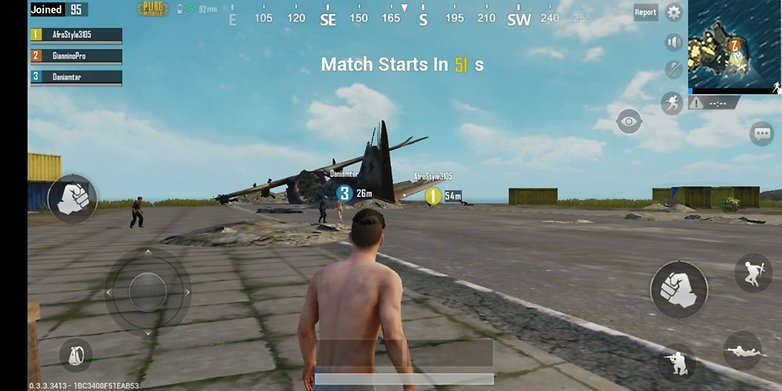Huawei P20 Pro: Can the Kirin 970 get the job done in 2018?


The Huawei P20 Pro is equipped with a Kirin 970 processor. It has a dedicated artificial intelligence unit, but still utilizes a chip that was released in 2017. Will you be able to cope without the latest processors that were incorporated into devices such as the Galaxy S9 or Sony Xperia XZ2?
- Huawei P20 Pro hands-on review: the three-eyed monster
- The Huawei P20 Pro battery won’t let you down
Shortcuts
Benchmark test results: CPU, GPU and memory
We relied on the classic benchmark tests to understand what the P20 Pro is made of. This type of test allows you to test the computing power and graphic performance of a smartphone by providing a score that can be compared with those reported for other devices. We used the following platforms for the P20 Pro, as well for the Galaxy S9/S9+.
Benchmark tests are only theoretical references as they do not always represent the real performance of smartphones in everyday use. That's why in our article, in addition to the test results, you'll also find our personal impressions of the P20 Pro's performance to help you understand if this is the smartphone you need.

The Huawei P20 Pro isn't the most powerful smartphone on the market...
The Huawei P20 Pro packs a HiSilicon Kirin 970 processor with eight cores: 4 Cortex-A73s processing at 2.4GHz and 4 Cortex-A53s processing at 1.8GHz. There’s also a Mali-G72 MP12 GPU, which is responsible for graphic performance, and a 6 GB UFS, 2.1 GB of RAM and 128 GB of internal memory that can’t be expanded. Those are all the technical specifications of the P20 Pro, but how did it perform in the benchmark tests?
The Huawei P20 Pro is positioned behind the new Galaxy, but still offers excellent value in everyday use.
As expected, the numbers aren’t that great in comparison to the latest flagship devices. But that's to be expected, as the P20 Pro has a processor that has already proven itself capable of handling demanding games, multitasking, and all kinds of other things (the Mate 10 Pro is the most obvious example), but it’s still a chip from 2017. This is not meant to be criticism, especially if your smartphone does its job without any problems, but we’ll address this issue again later.
Huawei P20 Pro: CPU and GPU benchmark results
| Pixel 2XL | Sony Xperia XZ2 | Galaxy S9 (FullHD+) | Galaxy S9+ (FullHD+) | P20 Pro |
|
|---|---|---|---|---|---|
| 3D Mark Sling Shot ES 3.1 |
3571 | 4437 | 3274 | 3304 | 2972 |
| 3D Mark Sling Shot ES 3.0 |
4714 | 5043 | 3873 | 3966 | 3346 |
| 3D Mark Ice Storm Unlimited ES 2.0 |
37844 | 48021 | 38488 | 38701 | 30602 |
| Geekbench CPU Single core |
1867 | 2435 | 3645 | 3771 | 1920 |
| Geekbench CPU Multicore |
6291 | 7164 | 8820 | 8923 | 6780 |
As you can see from the results, the Huawei P20 Pro doesn’t excel in the benchmark tests. It's positioned behind the new Galaxy, which in Europe is equipped with the Exynos 9810 (4 Mongoose M3 units at 2.7GHz and 4 Cortex-A55 units at 1.8GHz). In the United States the new Galaxy comes with the Snapdragon 845 (with Cortex-A75 and Cortex A-55 cores), so it uses more recent units than the Sony Xperia XZ2.
Passmark shows the performance of the RAM and internal memory. In this case the RAM of the P20 Pro is faster than the RAM of the Pixel 2 XL and Xperia XZ2, but isn’t faster than the new Galaxy. Its internal storage only exceeds the Pixel 2 XL’s, but not the internal storage of the latest flagships.
The Huawei P20 Pro's memory under stress
| Pixel 2 XL | Sony Xperia XZ2 | Galaxy S9+ | Galaxy S9 | Huawei P20 Pro | |
|---|---|---|---|---|---|
| PassMark Memory (RAM) |
13836 | 12387 | 24164 | 24721 | 14091 |
| PassMark Disk (Storage) |
47759 | 73208 | 67765 | 72538 | 64144 |
... but it doesn't disappoint in everyday use!
The presence of an older processor doesn’t limit the performance of the Huawei P20 Pro. The smartphone doesn’t give you any problems while gaming, multitasking and browsing. Everything runs smoothly. On some occasions, however, it does ‘jam’. This isn’t that limiting, and I think it has more to do with the software, which still isn’t in its final version, since this is a pre-production device.
Games load fast and the overall experience with the P20 Pro is good. Like the brand’s other smartphones, it shows how quickly it can scroll through screens, Facebook message boards, and move between apps.

If you’re worried about the notch when using certain apps or games, you can breathe a sigh of relief: your smartphone will automatically hide the notch with those games that don’t offer a good gaming experience with the notch. With Asphalt 8 and Real Racing 3, for example, the notch disappears. Lovers of Instagram Stories will be disappointed though, as the notch is still there and limits the visibility on the upper part of the screen, so it’s even difficult to edit stories with text.
What do you think of the results for the Huawei P20 Pro?














In every day use, I don't think there would be any noticeable difference in operation from this to any other flagship.